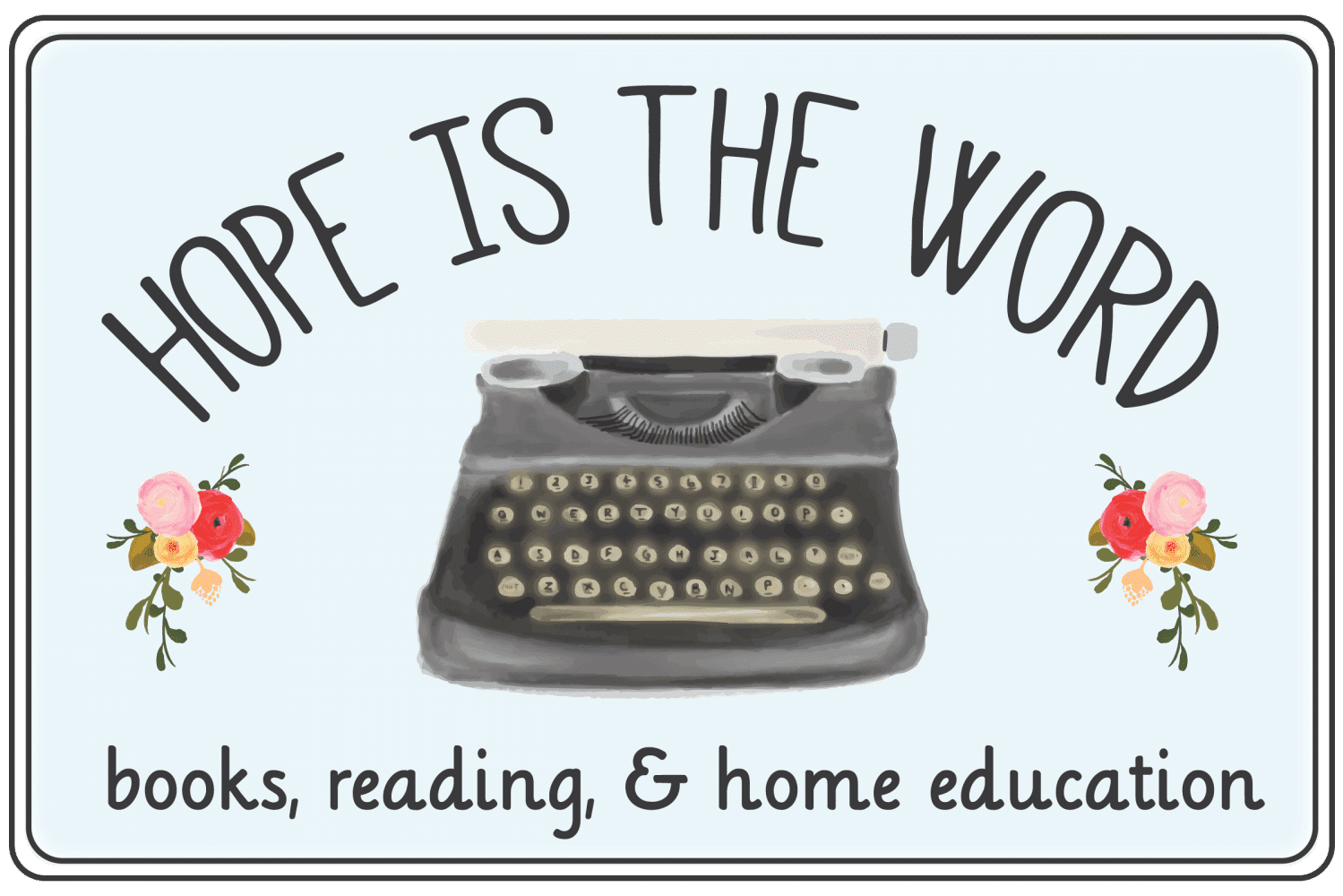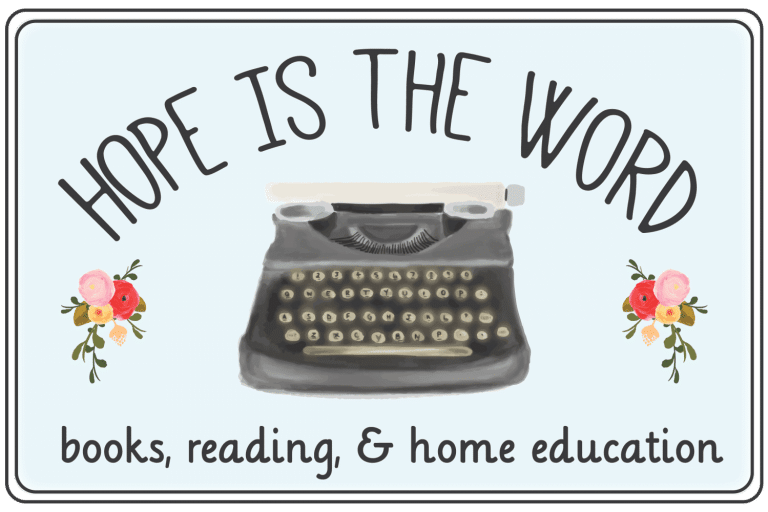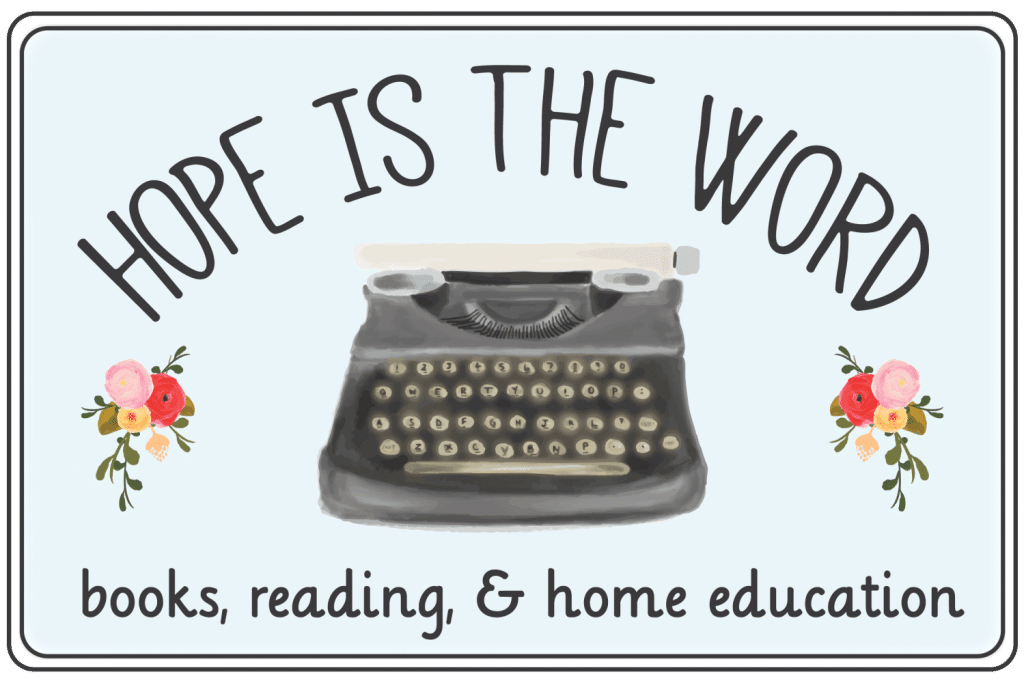Classic literature has always held a special place in the hearts of avid readers. These timeless tales transport us to different worlds, introducing us to unforgettable characters and thought-provoking narratives. While they often depict themes of love, courage, and heroism, there is another side to classic literature that is often overlooked – the moral ambiguity that lurks beneath the surface. In this article, we delve deep into the dark side of classic literature, exploring the complex moral dilemmas and questionable actions of beloved characters. Join us as we uncover the hidden depths of these timeless tales.
The Duality of Humanity: Dr. Jekyll and Mr. Hyde
One of the most iconic examples of moral ambiguity in classic literature is Robert Louis Stevenson’s “Strange Case of Dr. Jekyll and Mr. Hyde.” The story revolves around the dual nature of the protagonist, Dr. Jekyll, who creates a potion that transforms him into the evil Mr. Hyde. This tale explores the inner struggle between good and evil within a single individual, blurring the lines of morality.
As readers, we are forced to question the ethics of Dr. Jekyll’s actions. By creating the potion, he willingly unleashes his darker side onto the world, wreaking havoc and causing harm. This moral ambiguity challenges our conventional notions of right and wrong, forcing us to confront the complexities of human nature.
The Tragic Anti-Hero: Jay Gatsby
F. Scott Fitzgerald’s “The Great Gatsby” presents us with another morally ambiguous character – Jay Gatsby. Gatsby is a self-made millionaire who is driven by his unrequited love for Daisy Buchanan. Throughout the novel, Gatsby’s actions are fueled by his obsession, leading him to engage in illegal activities and deceitful behavior.
While Gatsby’s love for Daisy is portrayed as noble and pure, his means of achieving his dreams raise ethical questions. He becomes entangled in a web of lies and corruption, blurring the line between right and wrong. This moral ambiguity adds depth to Gatsby’s character, highlighting the tragic consequences of his relentless pursuit of the American Dream.
The Enigmatic Hero: Sherlock Holmes
Sir Arthur Conan Doyle’s famous detective, Sherlock Holmes, is often revered as a symbol of justice and intellect. However, even this iconic character is not immune to moral ambiguity. Holmes, driven by his insatiable thirst for solving mysteries, sometimes bends or breaks the law to achieve his goals.
While Holmes is undoubtedly a force for good, his methods are not always strictly ethical. He often employs deception and manipulation to extract information, blurring the boundaries between justice and morality. This moral complexity adds layers to Holmes’ character, making him more relatable and human.
The Temptation of Power: Macbeth
Shakespeare’s tragedy “Macbeth” explores the corrupting influence of power and ambition. The titular character, Macbeth, is initially depicted as a noble warrior, but his desire for power leads him down a dark and treacherous path.
As Macbeth’s ambition grows, he becomes consumed by his hunger for power, resorting to murder and treachery to secure his position. This moral ambiguity challenges the notion of a clear distinction between good and evil, reminding us of the dangers of unchecked ambition.
The Ethical Quandary: Huckleberry Finn
Mark Twain’s “Adventures of Huckleberry Finn” tackles the moral complexities of racism and societal norms. The novel follows the journey of Huck Finn, a young boy who befriends Jim, an escaped slave. As Huck struggles with his conscience and society’s expectations, he grapples with the moral dilemma of whether to help Jim or turn him in.
Twain presents us with a protagonist torn between his ingrained prejudices and his growing empathy for Jim. This moral ambiguity challenges readers to question the morality of societal norms and confront their own biases.
The Shades of Redemption: The Scarlet Letter
Nathaniel Hawthorne’s “The Scarlet Letter” introduces us to Hester Prynne, a woman condemned by her Puritan community for committing adultery. As Hester bears the burden of her sin, she undergoes a transformative journey that explores the complexities of guilt, redemption, and societal judgment.
Hawthorne presents a morally ambiguous world where characters wrestle with their desires, societal expectations, and the consequences of their actions. This exploration of moral ambiguity forces readers to consider the complexities of forgiveness, redemption, and the nature of sin.
The Moral Quagmire: Heart of Darkness
Joseph Conrad’s “Heart of Darkness” takes readers on a harrowing journey into the depths of human darkness. Set in the backdrop of colonial Africa, the novella explores themes of imperialism, racism, and the moral degradation of humanity.
As the protagonist, Marlow, embarks on a voyage up the Congo River, he encounters the horrors of colonial exploitation and the moral quagmire that ensues. Conrad challenges our perceptions of morality, forcing us to confront the darkness that resides within each of us.
Conclusion
In conclusion, classic literature offers us more than just tales of heroism and love. The moral ambiguity present in these timeless stories adds depth and complexity, challenging our notions of right and wrong. Characters like Dr. Jekyll, Jay Gatsby, Sherlock Holmes, Macbeth, Huckleberry Finn, Hester Prynne, and Marlow force us to confront the shades of gray that exist within the human experience. By exploring the dark side of classic literature, we gain a deeper understanding of the complexities of morality and the human condition. So, immerse yourself in these timeless tales and let the moral ambiguity captivate your imagination.



